Search
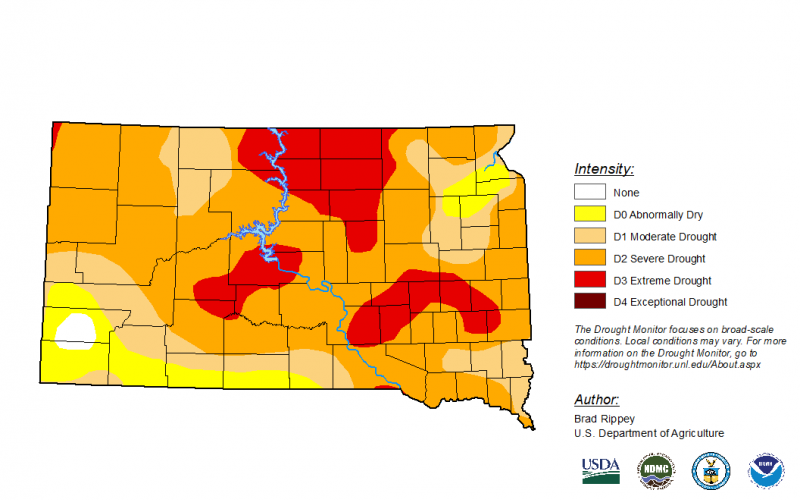
Controlling Grasshoppers, Salvaging Drought Corn Kick Off August Drought Hours
August 04, 2021
According to the latest U.S. Drought Monitor, nearly 18% of the state is in Extreme Drought (D3), while another 70% follows as Severe Drought (D2).
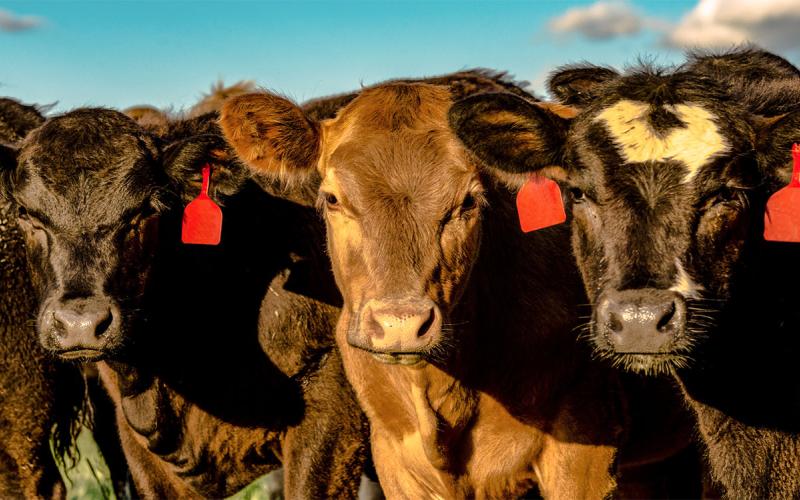
Reducing Development Costs for Replacement Heifers
Regardless of how efficiently reproductive success is managed on the ranch, beef producers are tasked annually with incorporating new females into the herd in the form of replacement heifers.

Building Highly Effective Boards: Legal – What to Expect
The world of protocol and legal issues can be an intimidating place. While it may seem intimidating now, our training module, "Technically Speaking: Understanding Bylaws and Legal Text," provides the fundamentals you need to not only survive, but thrive in the nonprofit sector!
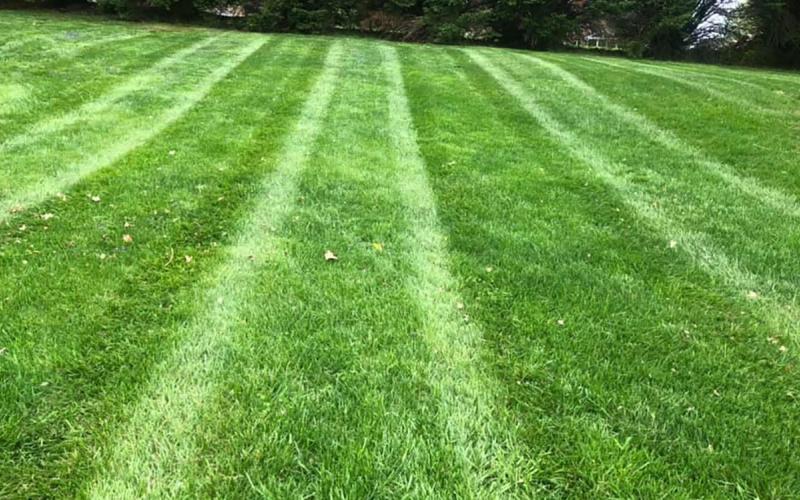
Use Caution With Turf Herbicide Applications During Extreme Heat and Drought
Dry conditions cause weeds to be under stress. This decreases herbicide effectiveness with annual, biannual and perennial plants. So, is there a safe option for weed control in yards during high temperatures and dry conditions?
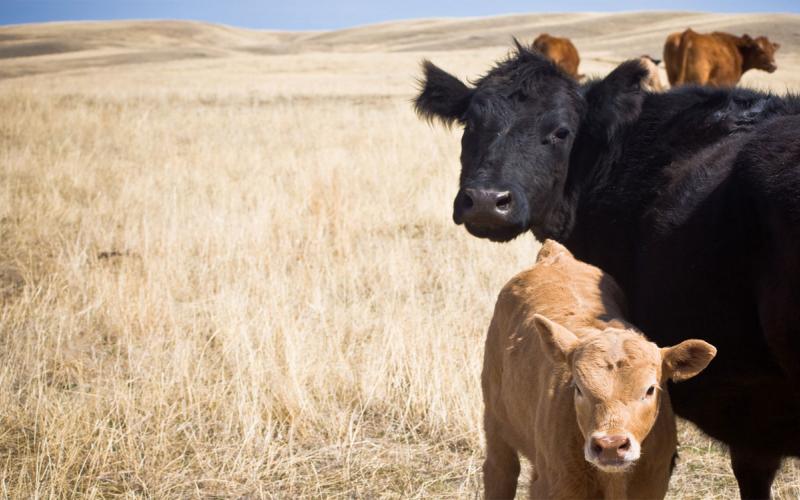
SDSU Extension to Provide Drought Resources, Water and Forage Testing at Dakotafest
August 05, 2021
South Dakota State University Extension invites crop and livestock producers to its new booth location, #216, at the 2021 Dakotafest in Mitchell, South Dakota.
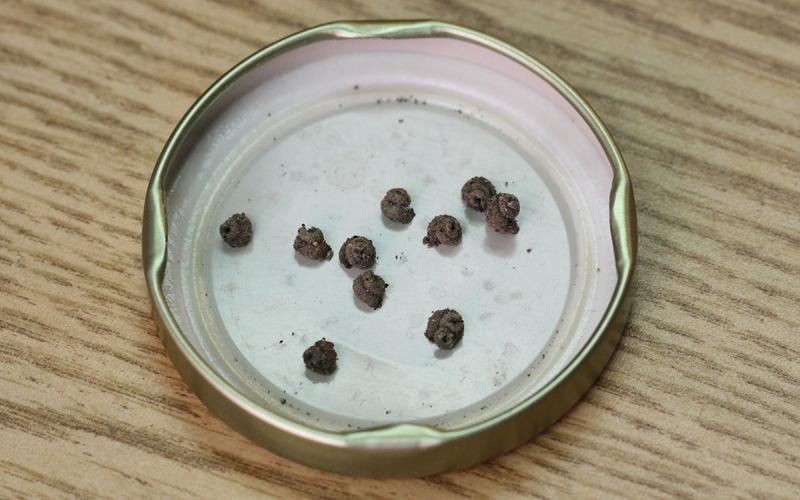
Snailcase Bagworms in South Dakota
A unique insect that has been observed in South Dakota is the snailcase bagworm. Snailcase bagworms are wingless moths that spend their entire life in spiral-shaped “snail” cases, which they build around themselves using a combination of silk, soil particles and fecal matter.
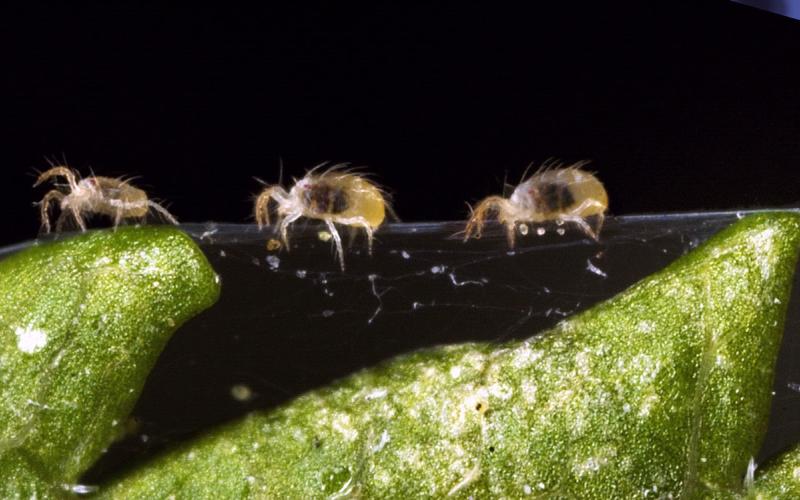
Two-Spotted Spider Mite Populations Reaching Threshold
Drought conditions have continued and worsened in much of South Dakota during this season. As a result, two-spotted spider mite populations have been present in most fields and have recently had large population growth in soybean fields throughout the state.
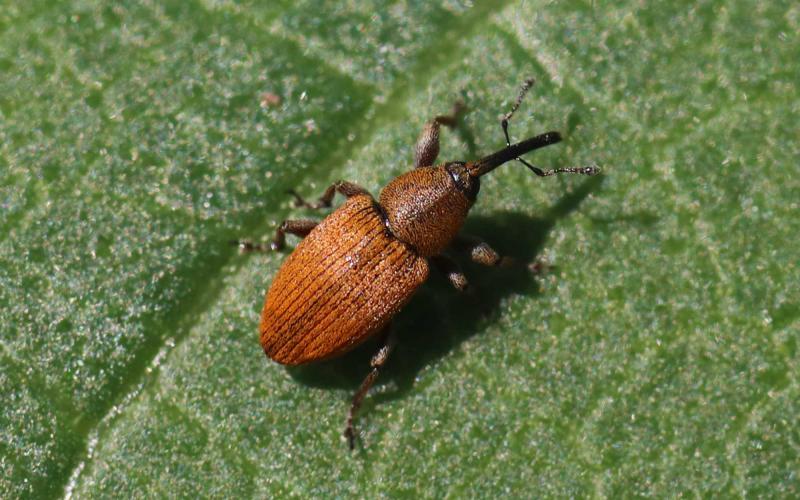
Red Sunflower Seed Weevils Are Active
Red sunflower seed weevils are active in South Dakota sunflowers. We noticed that many fields at R5 stages are already being sprayed, but scouting should still continue in those fields after application, and it should begin for fields that will reach the R5 stage within the next week.
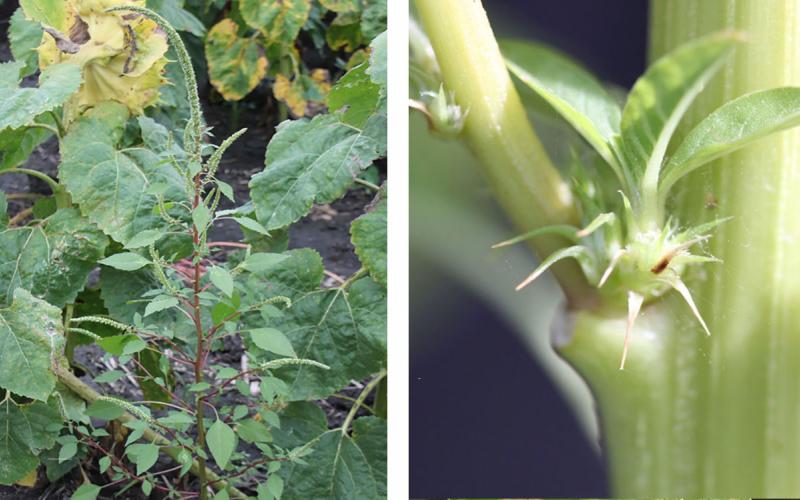
Palmer Amaranth: Now Is the Time to Scout
South Dakota State University (SDSU) Extension encourages farmers, ranchers and other landowners to start scouting for Palmer amaranth, a weed that has been rapidly spreading north into the United States and is likely to be glyphosate-resistant.
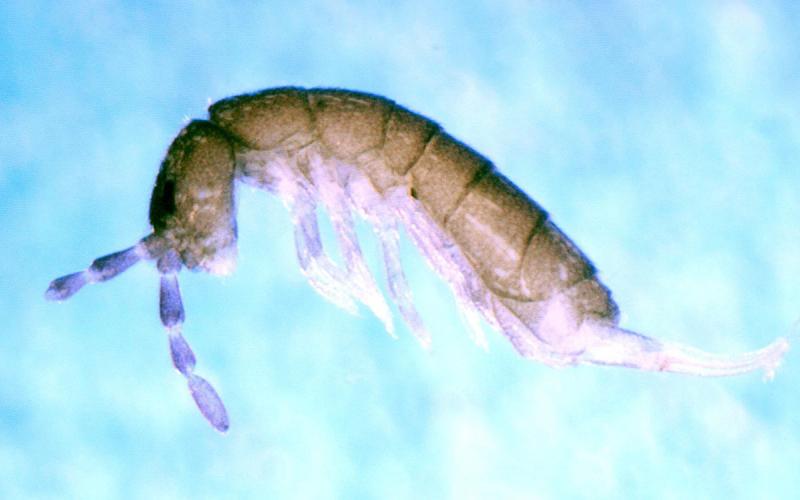
Springtails Are in My Home
During the last few weeks, we have been receiving an increased number of questions regarding very small insects that jump very far. It didn’t take long to determine that the hordes of small insects are springtails.